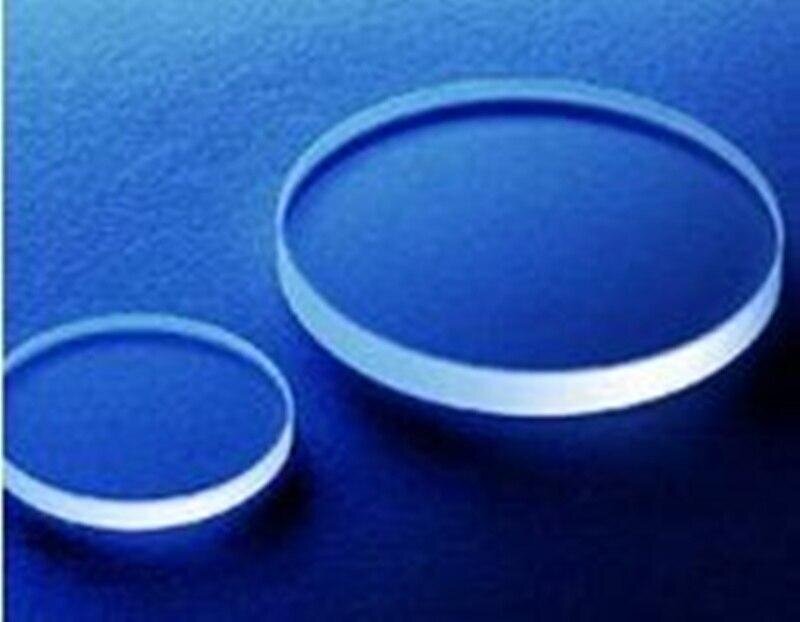Optical Windows
Optical windows are transparent components made of materials like glass or crystal that are used to protect and control the flow of light in optical systems. IR windows and optics for use in FTIR Spectroscopy and CO2 lasers. This includes discs, rectangular plates and various other geometries.
In various fields, optical windows serve many purposes. They act as protective barriers, shielding sensitive optical components from environmental factors such as dust, moisture, and contaminants. Additionally, they enable the transmission of light while minimizing distortion, reflection, and absorption, thus maintaining the integrity of the optical system.
Optical windows are employed in a wide range of applications, including scientific research, industrial manufacturing, aerospace, defense, and telecommunications. They are utilized in optical instruments like cameras, microscopes, telescopes, lasers, and sensors. By providing a stable optical interface, optical windows facilitate accurate measurements, imaging, and analysis of light, enabling advancements in numerous fields.
Optical windows come in many shapes and sizes but a major factor is their material. The types of materials that an optical window is constructed from dictate the wavelengths (measured in nm) that they can view. In IR It is extremely important that selecting the right material is done to avoid many a headache and a waste of money and time.
If you are having choice fatigue and are getting overwhelmed by all the options please check out our optical window guide.
Potassium Chloride (KCl) Windows
Potassium Chloride (KCl) Windows
Potassium Chloride (KCl) is a commonly used material in FTIR spectroscopy. With low absorption and high damage threshold and a low index of refraction, KCl is an ideal candidate for use in CO2 laser applications as an inexpensive, disposable material. KCl is water soluble and the windows should be protected from exposure.
Firebird provides these in several uncoated stock configurations but can provide customized and coated to your specifications.
Potassium Chloride (KCl):
| Wavelength range: 210-20µm | Coating: Uncoated |
|---|---|
| Diameter tolerance: ±0.25mm | Surface Quality: 60/40 |
| Thickness tolerance: ±0.25mm | Paralellism: <3 arc minute |
| Clear Aperture: 90% | Density: 1.989g/cm3 | Melting point: 776ºC | Young's Modulus: (GPa): 29.67 | Coefficient of Thermal Expansion: 36 x 10-6/°C | Knoop Hardness: 780kg/mm2 |








